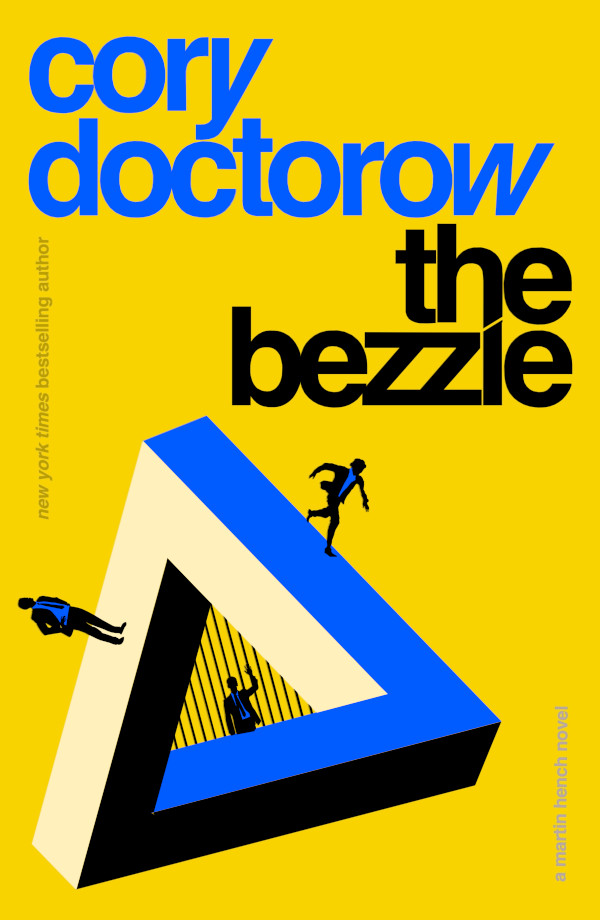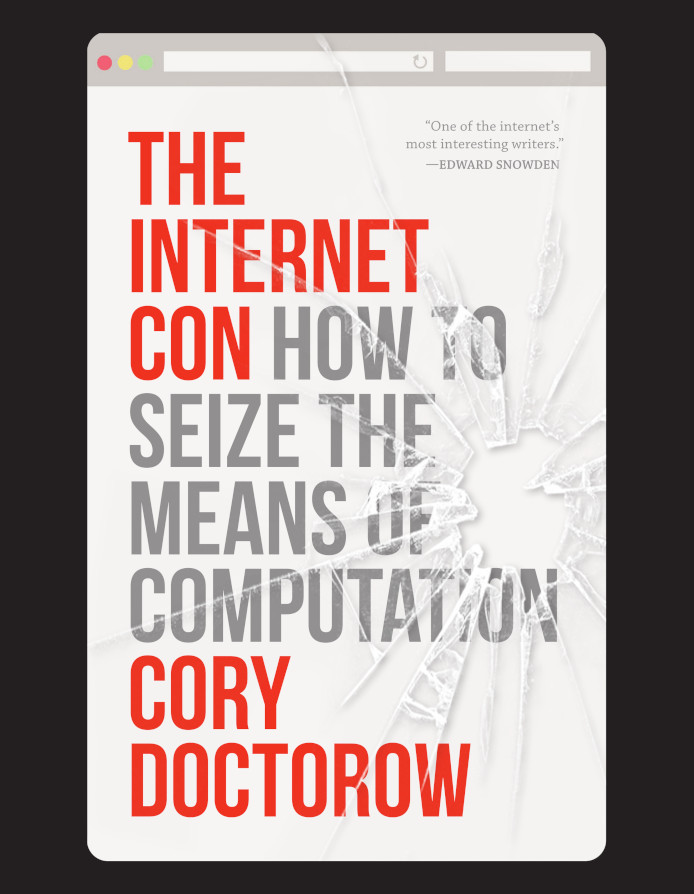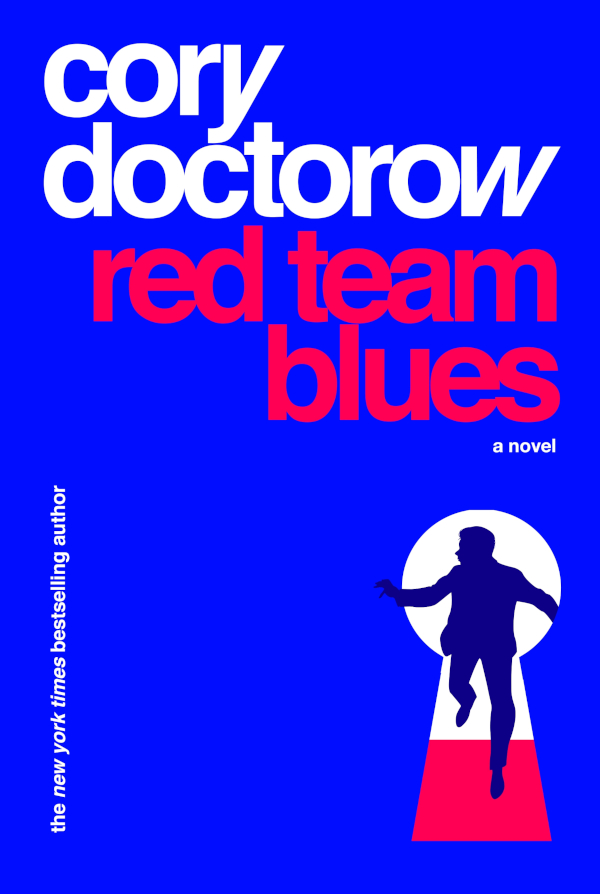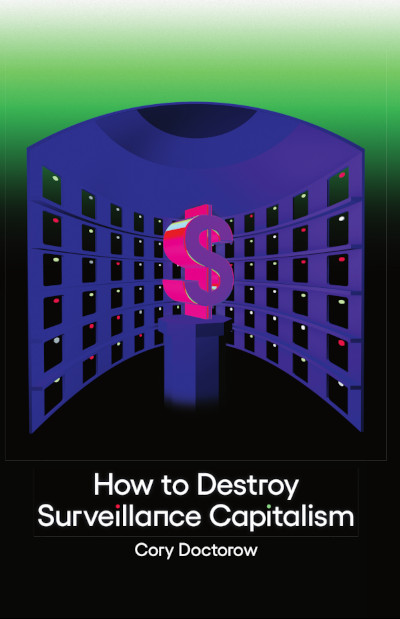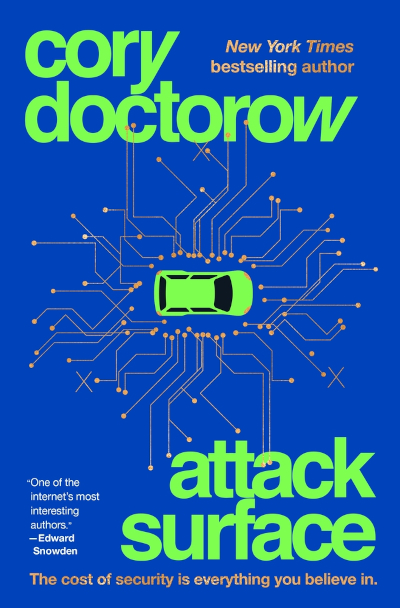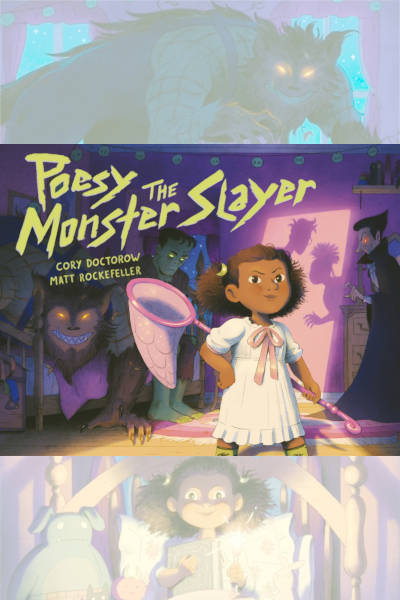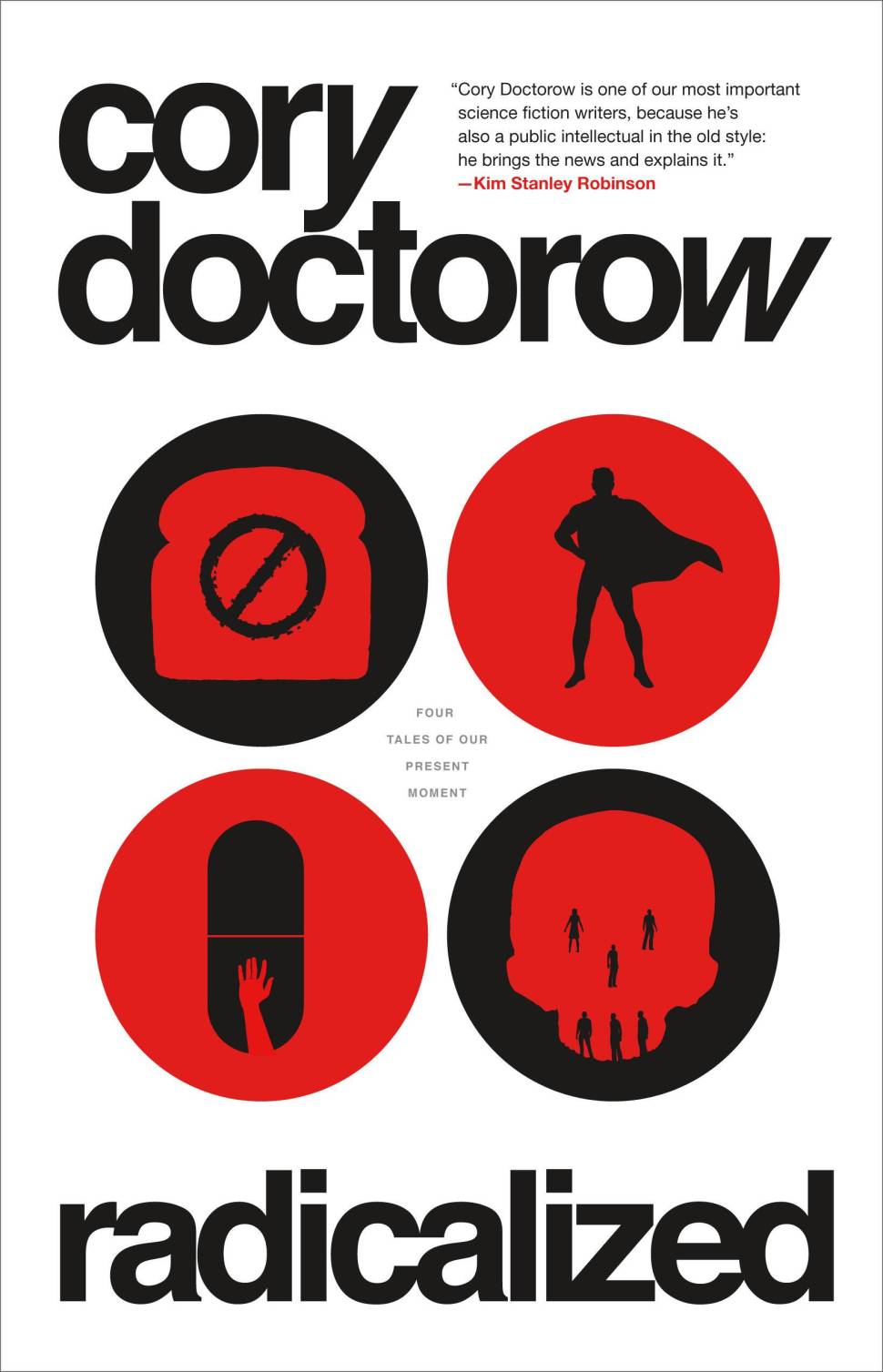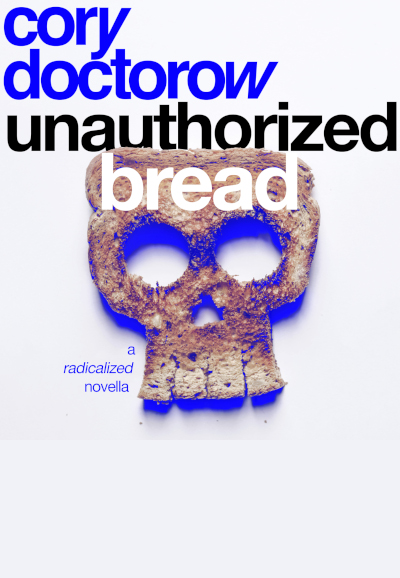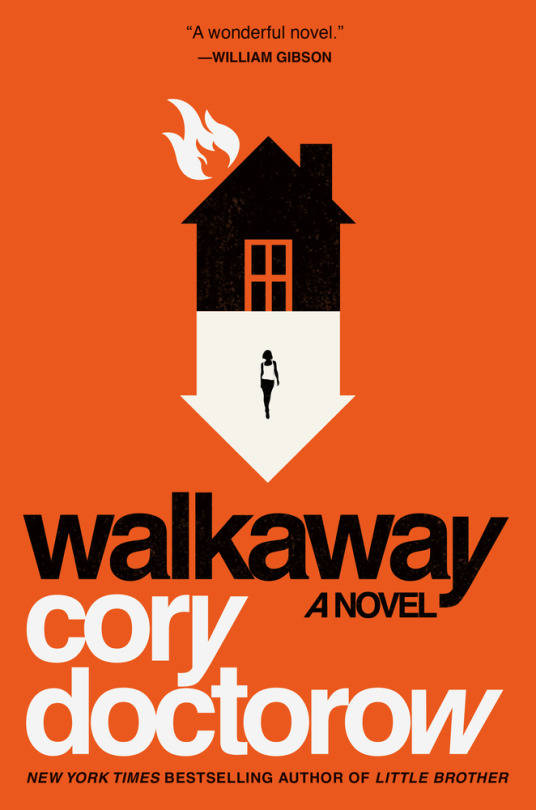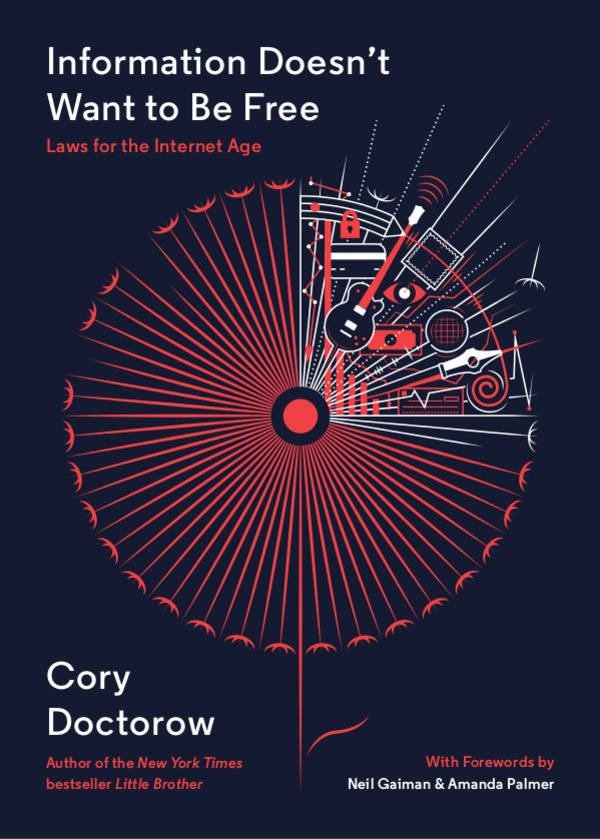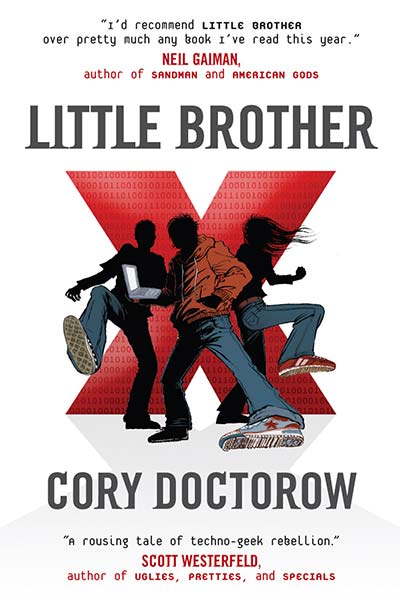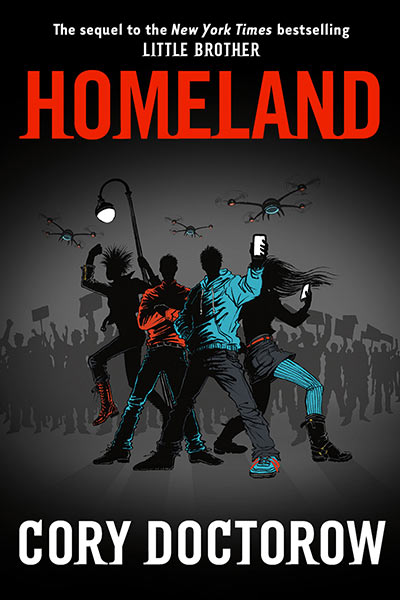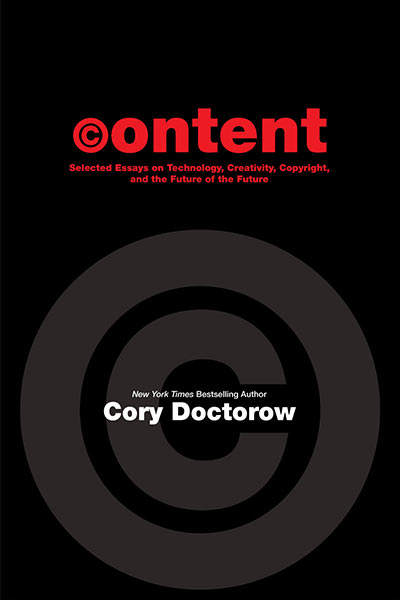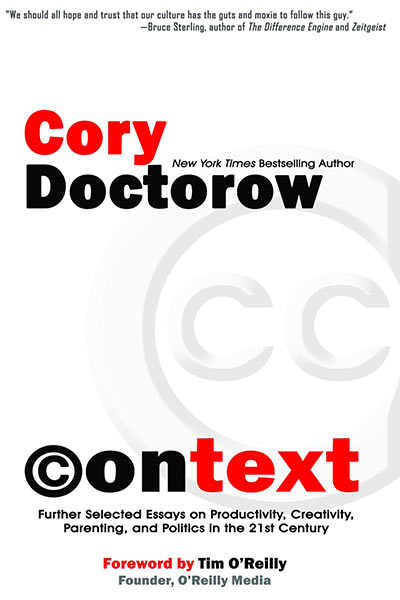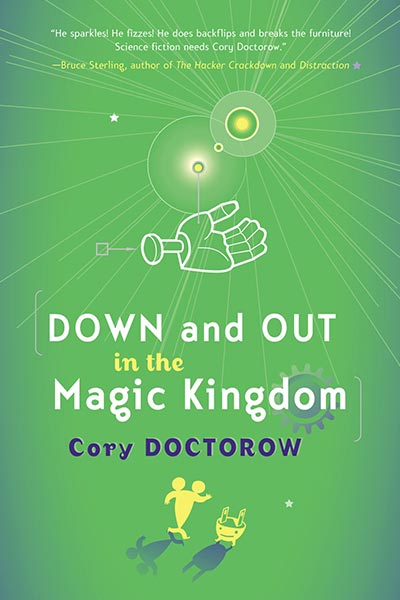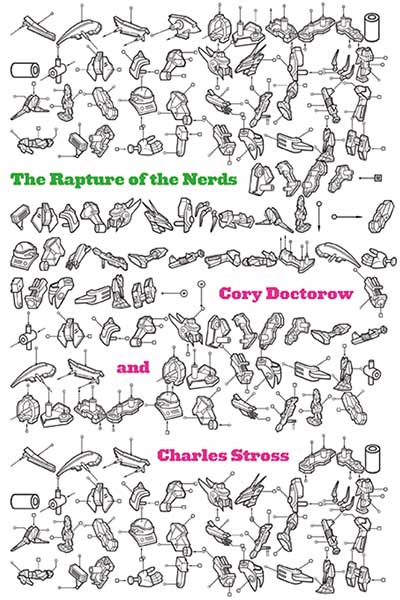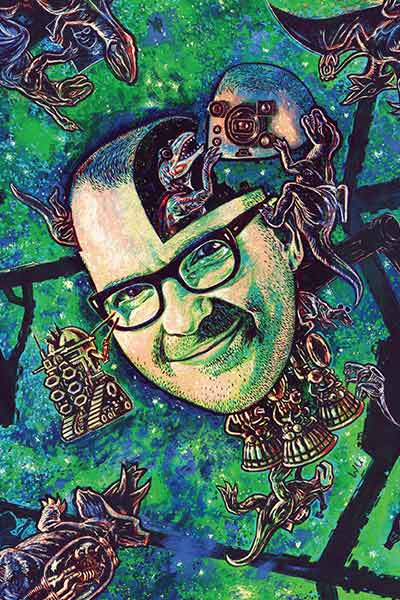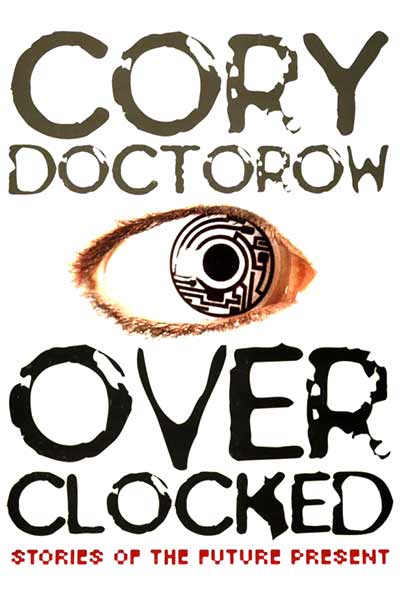
This week on my podcast, I read my latest Locus column. “Plausible Sentence Generators,” about my surprising, accidental encounter with a chatbot, and what it says about the future of the bullshit wars.
When I came back to the tab a couple minutes later, I found that the site had fed my letter to a large language model (probably ChatGPT) and that it had been transformed into an eye-watering, bowel-loosening, vicious lawyer letter.
Hell, it scared me.
Let’s get one thing straight. This was a very good lawyer-letter, but it wasn’t good writing. Legal threat letters are typically verbose, obfuscated and supercilious (legal briefs are even worse: stilted and stiff and full of tortured syntax).
This letter read like a $600/hour paralegal working for a $1,500/hour white-shoe lawyer had drafted it. That’s what made it a good letter: it sent a signal, “The person who sent this letter is willing to spend $600 just to threaten you. They are seriously pissed, and willing to spend a lot of money to make sure you know it.” Like a cat’s tail standing on end or a dog’s hackles rising, the letter’s real point isn’t found in its text. The real point is the threat display itself.

